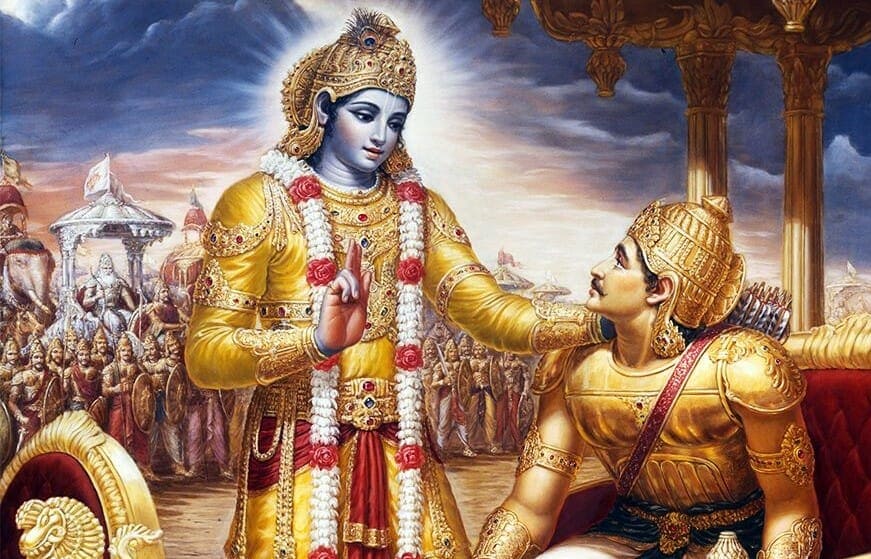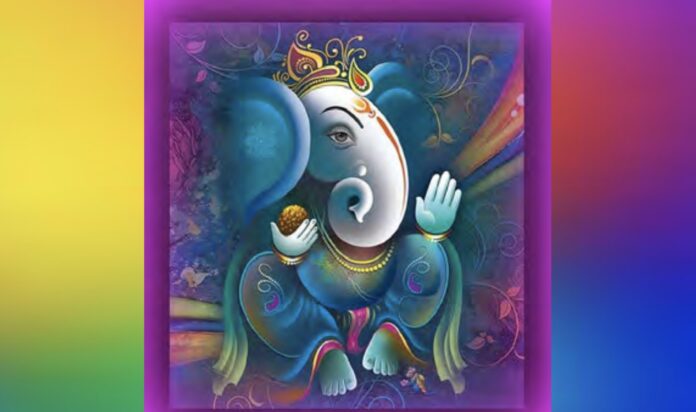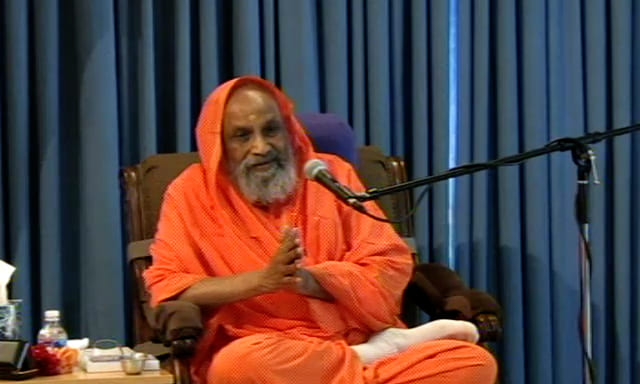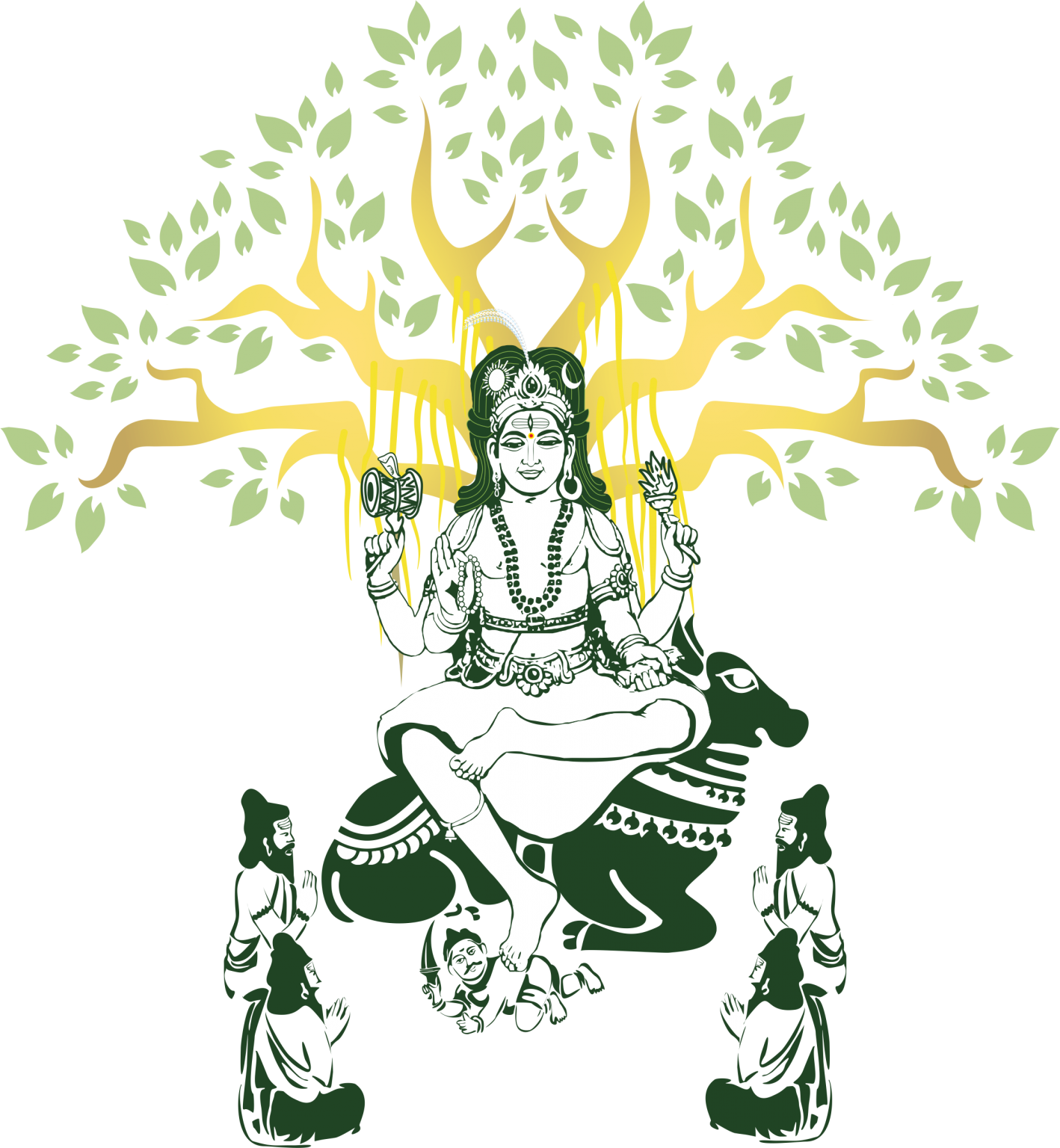Akhaṇḍa-nāma-japa
Healing Old Hurts
Swami Dayananda Saraswati
Excerpt from the forthcoming book Prayer and Prayerfulness based on talks of Pujya Swami Dayananda Saraswati translated and edited by Krishnakumar Davey and Jayshree Ramakrishnan.
Akhaṇḍa-nāma-japa is chanting one mantra repeatedly for a length of time. Akhaṇḍa means undisturbed or uninterrupted by anything else. You choose one thing and then you maintain that same thing. Some people say that repetition is mechanical. It all depends on what you repeat, and how. Monotony comes only when you want a change. Suppose you commit yourself not to change; then there is no monotony. If you want to change and you are forced not to change, it becomes monotonous. It is all in the mind.
There is one great accomplishment in repetition of a chanted mantra for a couple of hours in a group setting. Since it is collective, you have no choice but to chant. You are led to chant. Even if you do akhaṇḍa-japa alone, it does bring about a change in you. It can be oral chanting in which you hear what you say. You say it again, and you hear it again, and this goes on. There is only one occupation. This occupation is not separate from you. You become the occupation in akhaṇḍa-japa.
Akhaṇḍa-japa can be ucca-japa, maṇḍa- or upāṃśu-japa and mānasa-japa. In ucca-japa, you chant out loud, loudly enough that others can hear you. In maṇḍa-japa, only you can hear your chant and no one else. In mānasa-japa, you chant mentally. When you chant a mantra, you go up, ucca and you go down, maṇḍa. This kind of chanting in tones that go up and down is generally done in a chorus. This can be done mentally too. You will discover in the process that nothing really bothers you. You can just spend time chanting. But then, you understand things because of what you study. In fact, I discovered that you could spend your entire life chanting; that one could just simply chant, and live, and do nothing else. This is akhaṇḍa-japa. As you repeat the mantra, you hear your own chanting. You chant. You hear. And it goes on. You don’t have any problem. You keep on chanting and hearing. You don’t require anything. In the process you discover that you can be different from what you think yourself to be. This kind of chanting transforms the person. When you repeat the same thing, your mind is seized with that occupation. Mental japa gives you the freedom to think, and go away somewhere mentally. In a chorus, with others, there is no possibility of going away.
The relationship of an individual, the basic person, to the total is the relationship of the devotee to the Lord. The devotee, the individual, vyaṣṭi, is the basic person; the total, samaṣṭi, is Īśvara. When you chant a name, nāma, of the Lord, it is the innermost person who surfaces, not the father, son, brother, uncle, cousin, investor or employee. The basic person who assumes all these various roles, that basic person related to total Īśvara, is evoked, and repetition being there, you become the occupation. The basic person is just one. The related person is manifold, because the roles are many. If you uncover the basic person, the person and the occupation become one and the same. You have a certain absorption in this, called laya. This is the trick of rock music too.
There is no real music in rock music, but there is rhythm. The rhythm brings about absorption. This absorption can put you to sleep too. A child goes to sleep with a soft rhythm, a lullaby. Because of the repetition, the basic person is brought out by the nāma or mantra and there is great absorption.
This absorption is healing. It heals the hurt of a person. All the old problems in the unconscious are healed by this absorption. It is not possible for any person in the modern world to be sane without therapy. Everyone has a childhood with unhappy moments. This is especially so in modern childhood, where children are pushed into a school early on in life. If there is no proper childhood, the person has a lot of unconscious problems later on in life. A child needs to be cared for when young. He or she needs to feel wanted.
The absorption in japa heals all the inner hurt. Then the same father and mother become Īśvara. You need parents; with understanding, Īśvara becomes both parents. All the problems of childhood are resolved by allowing you to be covered by Īśvara through the unbroken chanting of Īśvara’s name. Therefore we do akhaṇḍa-nāma-japam. It is very good.
Singing also has its own beauty. It too helps the mind. Music has the capacity to bring about laya, absorption. Laya is healing. In sleep also there is laya, but it is tāmasika. It is recuperative and rejuvenating from a physical perspective. It does not help emotionally though. When you chant the name of the Lord, the bhagavan nāma, the quality of purity, suddha-sattva is greater. Sattva heals while rajas agitates. Tamas simply covers up. That is why you don’t feel sad or bad under sedation. In rajas there is vikṣepa, or distortion in which old feelings resurface. In tamas, there is āvaraṇa, ignorance or veiling. There is healing only when sattva is predominant. Real healing is self-healing. Any insight is sattva. This comes about in continuous nāma-japa.
All brahmachāris and sādhus do puraścaraṇam. In this, for each syllable of the mantra, you chant the mantra 100,000 times. If you are initiated into the gāyatrÌ-mantra, for instance, which has 24 syllables, you have to chant it 2,400,000 times. The DakṣiṇāmÍrti mÍla-mantra has 26 syllables so it will take about five years to chant it 2.6 million times, if you do about two hours each day. That is why they use the mālās to keep count.
You should sit and consciously chant mentally, after doing a prayer or a pūjā, singing or loud chanting. You have to do it for a length of time for the healing process to begin. It is like having to achieve a minimum threshold of exertion during exercise, to work your heart. Only after a certain absorption, is it healing. I am talking of healing, but in addition there is Bhagavān’s grace, because it is a mantra. You have to sit and do it seriously. Doing a pūjā before the beginning of chanting invokes the sāttvika attitude in you. Besides having its own karmaphalam, healing also takes place.




